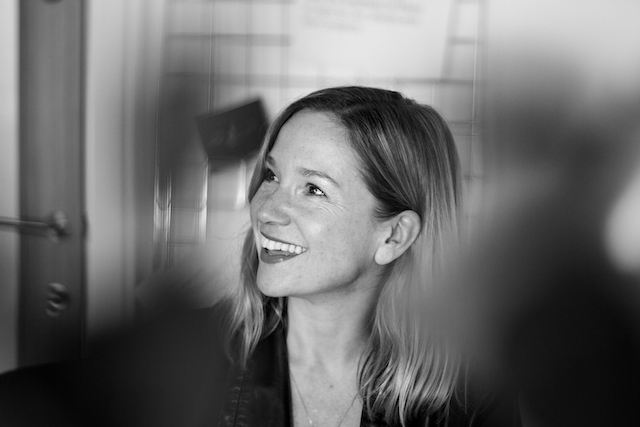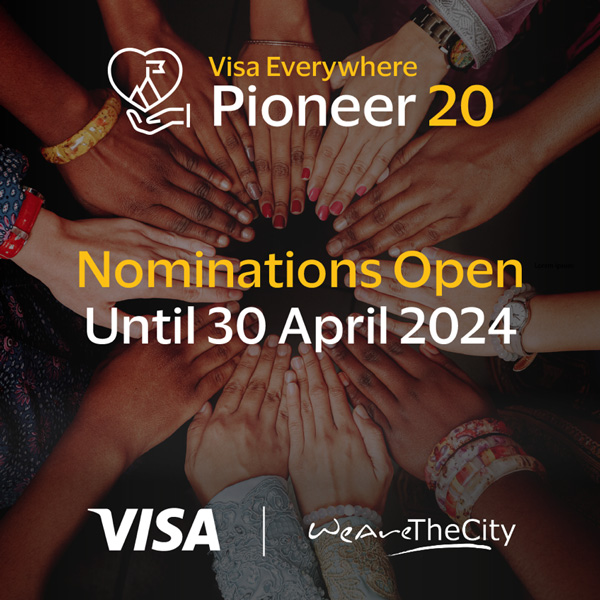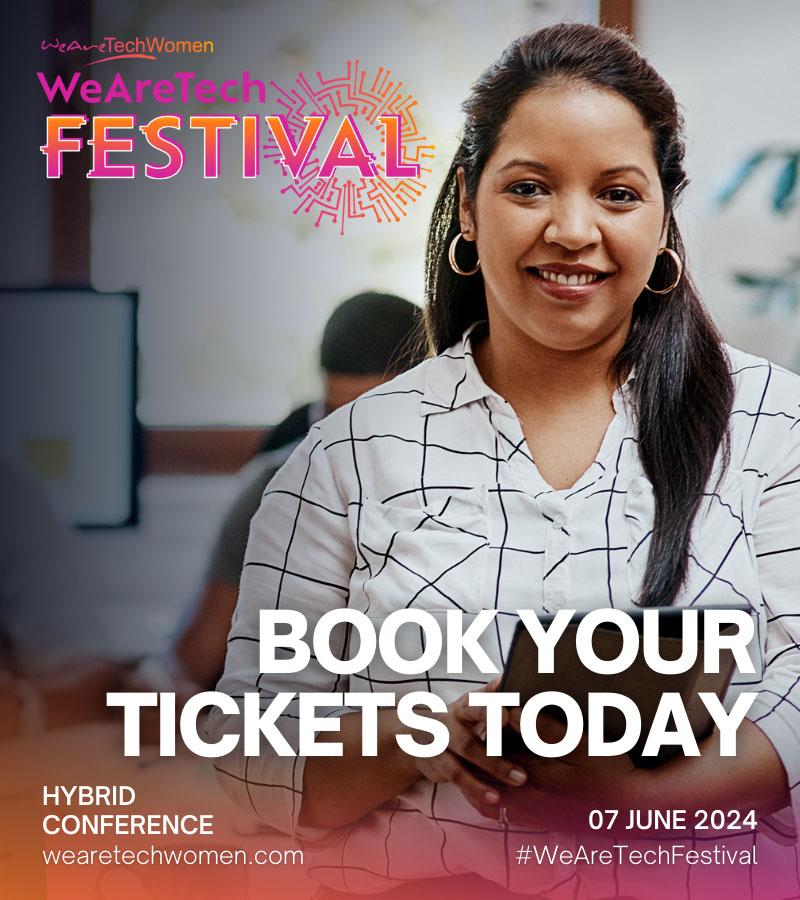 Look at the following Business Purpose Statements – which brands do these belong to?
Look at the following Business Purpose Statements – which brands do these belong to?
- To bring inspiration and innovation to every athlete in the world (and everybody is an athlete).
- To empower creative exploration and self-expression
- Build the best product, cause no unnecessary harm, use business to inspire and implement solutions to the environmental crisis.
The three brands chosen for this exercise are brands which successfully combine their business goal with their business purpose and make it look easy, (Nike, Apple and Patagonia respectively) but for many businesses, there isn’t a balance between the two.
What is the difference between a goal and purpose?
Business goals are what a business anticipates accomplishing in a set period of time, usually a three-year cycle, compared to your business purpose, which is the reason you have formed your company and can be, as demonstrated above, explained in a single sentence.
If you tell your staff or customers that you want to achieve double digit growth and dominate your industry, it’s not going to encourage them, but is a classic business goal. Purpose is more of a long-term investment; it doesn’t necessarily provide you with quick wins but helps to build brand loyalty and the emotional connection and trust with your customers. The disparity comes when you have to balance playing a long game when you have two/three-year business objectives.
Inevitably therefore, some businesses find it very hard to understand purpose, fail to see the value in it and are sceptical, particularly Stakeholders who have it ingrained in them to make profit the priority. They might question that purpose doesn’t necessarily have an ROI against it and initially question why it is important.
But when you look at some of the world’s most powerful and successful brands, they have found that balance and as Steve Jobs once said, “If people have a greater sense of purpose, profit will follow.”
Brand purpose is not a fad
Most of us can remember our school motto such as ‘honour and integrity’ – these gave us value and purpose, and this works in parallel with business purpose.
Whilst the pandemic has seen a spike in the popularity of brands with purpose, it’s not just a fad and the last few years has seen a significant rise in the success of brands with an innate brand purpose.
Unilever backs this up with examples from their own brands, explaining that “In 2018, our 28 Sustainable Living Brands – those taking action to support positive change for people and the planet – grew 69% faster than the rest of our business. That’s up from 46% in 2017.”
The Cone/Porter Novelli survey found that 66% of consumers would switch from a product they typically buy, to a new product from a purpose-driven company while purpose-led brands saw their valuation surge by 175% over the past 12 years, versus a growth rate of just 70% for listless brands uncertain of their role. (Kantar 2018).
Purpose isn’t something you advertise; you don’t commercialise it, and that’s why it’s such a hard concept to understand but as the stats show, businesses need to find a way to entwine the two if the business hasn’t grown organically with a defined purpose.
The examples of companies that really demonstrate the power of purpose have been built from the ground up, where purpose is embedded in everything they do. It has been intrinsic from day one.
Ben and Jerry’s is one of the best examples of this. They are activists who sell ice cream; they never set out to be so successful but the reason for their popularity, why consumers buy into them and why there is such brand loyalty is that they are genuine activists for change and this has always been the case.
Every business needs a WHY?
In the wake of the pandemic, many businesses are reassessing their strategies and as a result are thinking hard about their brand purpose. But how does this translate for the b2b sector, for businesses who don’t have a consumable product and who talk more prominently about business goals?
All businesses, no matter the sector/product/service, need to start with the WHY? And for this reason you need to implement the top-down business model.
The mistake a lot of people make is they want a website and a social media campaign and that’s fine but what are you going to say? These businesses know what they need to do but they don’t know how to do it. People who start from the bottom up haven’t identified their brand/strategy/purpose and there is a whole piece of work that needs to be done before they can produce something that captures the hearts and minds of their staff and their audience. People won’t engage if there is no WHY?
Starting with a single idea at the top and then making the right decisions to forge ahead and flow down through the business enables you to position yourself, to create the right tone of voice and to identify your audience and your deliverables.
Another classic mistake is just tacking on some kind of charity or ‘do good’ angle to make it look like brand purpose; consumers will see straight through it. Even global giants make mistakes as demonstrated by the 2017 Pepsi advert featuring Kendall Jenner. This was a prime example of a brand trying too hard. What was meant to be a message of unification had to be pulled and apologised for (‘We missed the mark and we apologise’ – Pepsi) due to public backlash.
Does it matter if we don’t have a brand purpose?
Well, yes! People are more likely to buy into you if you have a brand purpose and if you don’t, you will let other people occupy that space and this is where the challenger brands will come in and dominate.
Consumers will connect with other brands over yours and the result is that you won’t achieve your goals and you won’t grow your market share, which is proof again that brand purpose isn’t just about being nice and fluffy, it actually and actively works towards achieving your brand goals.
Apple still remains true and its purpose lives on. People have come and gone from the business, but the core remains the foundation of the entire business and its unparalleled success.
And let’s face it, we’d all like a slice of that pie!
About the author
 Gayle Carpenter is the driven and focussed founder and Creative Director of Sparkloop Creative Agency. She founded Sparkloop in 2004 and successfully delivers bespoke creative strategies for brands and businesses.
Gayle Carpenter is the driven and focussed founder and Creative Director of Sparkloop Creative Agency. She founded Sparkloop in 2004 and successfully delivers bespoke creative strategies for brands and businesses.
Gayle’s founding client, Red Bull, is still with her 15 years later along with The Prince’s Trust who she has also managed to retain whilst attracting other impressive clients such as Prudential, Checkatrade, Homeserve, Asics to name but a few.
She has kept her vision, kept her team small and focussed, and has offices in London and Bath to maximise business opportunities while managing her close relationships with her clients.
Are you an entrepreneur or looking to start your own business? We’ve got hundreds of articles on learning entrepreneurial skills, how to become your own boss, marketing your products and managing your own team. You can find more of our entrepreneurial articles here.






